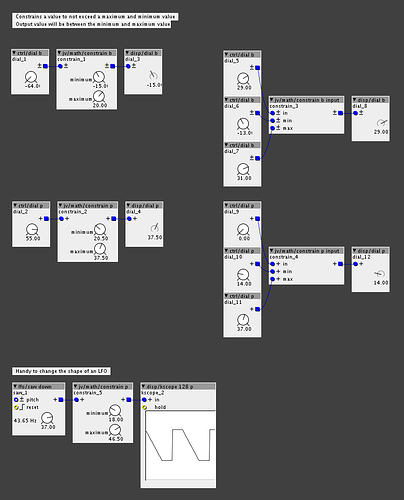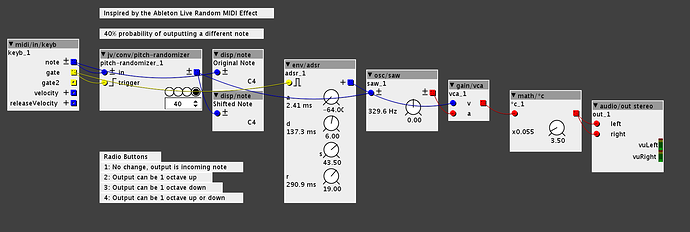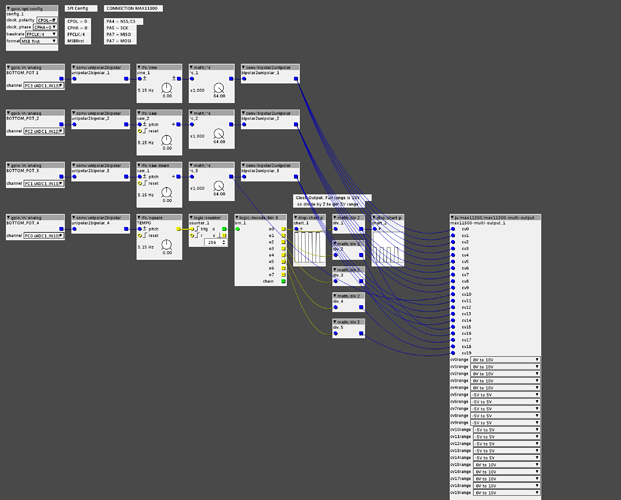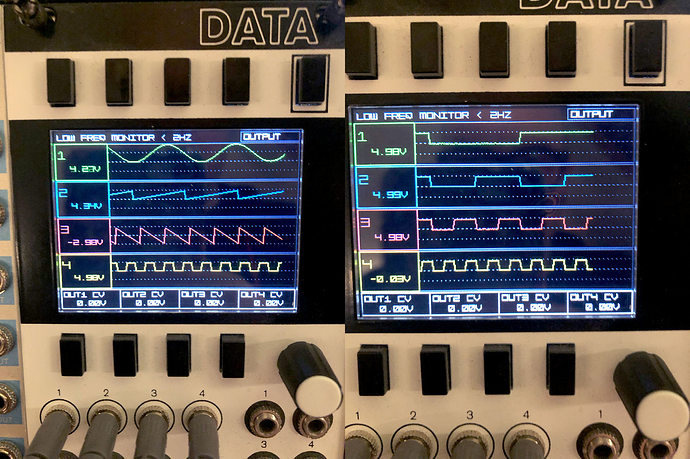Forum profile: @janvantomme
Contributor prefix: jv
objects
jv/math/constrain b input
jv/math/constrain b
jv/math/constrain p input
jv/math/constrain p
jv/lkm1636/lkm1638-buttons
jv/lkm1636/lkm1638-leds
jv/lkm1636/lkm1638-buttons-leds
jv/lkm1636/lkm1638-toggles-leds
jv/lkm1636/lkm1638-display-toggle-leds
patches
Coming soon…




